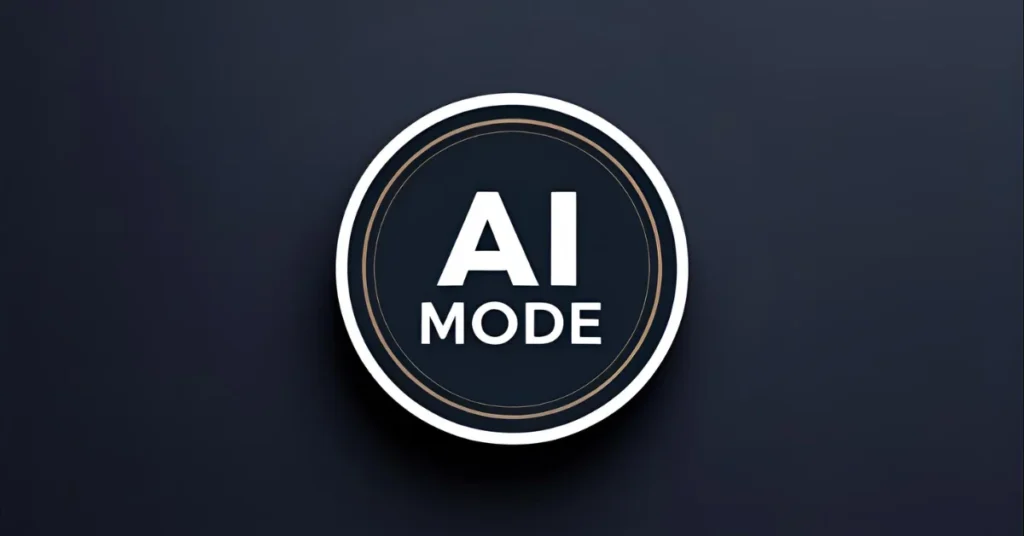
In 2025, the rise of Generative Engine Optimization (GEO) has transformed how content creators approach AI-generated and AI-related content.
As search engines like Google prioritize Experience, Expertise, Authoritativeness, and Trustworthiness (E-E-A-T), producing trustworthy AI content is critical for content creators aiming to rank high and engage their audience.
Whether you’re writing about AI tools, ethics, or applications, your content must be accurate, transparent, and user-focused to avoid penalties and build credibility. This article outlines 10 best practices for creating trustworthy AI content that aligns with Google’s guidelines and resonates with your audience of content creators.
Why Trustworthy AI Content Matters
The rapid adoption of AI technologies, coupled with Google’s evolving algorithms, demands content that is reliable and authoritative. Misinformation or poorly crafted AI content can lead to:
- Google Penalties: Low-quality or spammy content risks de-ranking or removal from search results.
- Audience Distrust: Inaccurate information erodes reader confidence.
- Missed Opportunities: Failing to optimize for GEO reduces visibility in AI-driven search engines.
By following these best practices, you can create content that ranks well, builds trust, and establishes your authority in the AI niche.
10 Best Practices for Creating Trustworthy AI Content
1. Prioritize Accuracy with Fact-Checked Sources
Accuracy is the cornerstone of trustworthy AIល. Use reputable sources to verify AI-related claims:
- Cite peer-reviewed journals, government websites, or industry leaders like MIT Technology Review or IEEE.
- Avoid unverified claims about AI capabilities or risks.
- Include inline citations or hyperlinks to credible sources.
Example: When discussing AI model capabilities, reference Google’s AI Blog for official updates.
2. Disclose AI Involvement Transparently
Transparency builds trust. If your content is AI-generated or assisted:
- Clearly state the use of AI tools in the content creation process.
- Explain how human oversight ensures quality and accuracy.
- Align with Google’s guidelines by ensuring AI content is edited for value and originality.
Tip: Add a brief disclaimer, e.g., “This article was crafted with AI assistance and reviewed by our expert team for accuracy.”
3. Optimize for Generative Engine Optimization (GEO)
GEO focuses on optimizing content for AI-driven search engines like Google’s Search Generative Experience (SGE). To align:
- Use structured formats like lists, tables, and FAQs to enhance AI parsing.
- Incorporate semantic keywords (e.g., “AI content strategies 2025”) naturally.
- Answer user queries directly to match conversational search intent.
Example: Include a section like “What is trustworthy AI content?” to address common queries.
4. Showcase Expertise and Author Credentials
Google’s E-E-A-T framework emphasizes expertise. To establish authority:
- Include author bios highlighting AI-related qualifications or experience.
- Link to your portfolio or previous AI content on authoritative platforms.
- Collaborate with AI experts for quotes or insights, citing sources like Forbes or Wired.
Example: “According to Dr. Jane Smith, an AI ethics researcher at Stanford University, transparency is key to user trust.”
5. Use Clear, User-Focused Language
Content creators appreciate clarity. Avoid jargon-heavy AI terminology unless explained:
- Define technical terms like “machine learning” or “neural networks” in simple terms.
- Use analogies to make complex AI concepts relatable (e.g., “AI is like a super-smart librarian who finds answers instantly”).
- Write in a professional yet accessible tone to cater to both novice and expert readers.
6. Incorporate Original Insights and Data
Stand out by offering unique perspectives:
- Share case studies or real-world examples of AI content successes or failures.
- Use data from credible sources like Statista to back claims.
- Avoid regurgitating generic AI information found on competitor sites.
Example: “A 2024 Statista report shows 68% of users distrust AI-generated content without human oversight.”
7. Address Ethical Considerations
AI ethics is a hot topic. Build trust by discussing:
- Bias in AI models and how to mitigate it in content creation.
- Privacy concerns related to AI data usage.
- Ethical guidelines from organizations lika Partnership on AI.
Tip: Include a section on “Ethical AI Content Creation” to demonstrate responsibility.
8. Optimize On-Page SEO Elements
To rank higher without triggering penalties:
- Use the primary keyword in the title, H1, and meta description.
- Include secondary keywords in H2/H3 tags and body text.
- Write concise meta descriptions (150–160 characters) with clear CTAs.
Example Meta Description: “Master trustworthy AI content with these 10 expert tips. Learn GEO strategies and avoid Google penalties in 2025.”
9. Engage with Visuals and Multimedia
Visuals enhance user engagement and dwell time, which Google rewards:
- Use diagrams or infographics to explain AI workflows (e.g., content generation pipelines).
- Embed videos from credible sources like TED Talks on AI.
- Ensure alt text includes keywords for image SEO.
Tip: Use royalty-free images from Unsplash with descriptive captions.
10. Encourage Interaction and Feedback
Engage your audience to boost dwell time and signal quality to Google:
- Include CTAs like “Share your AI content tips in the comments!”.
- Add FAQs based on common AI content queries from tools like AnswerThePublic.
- Link to social media for sharing (e.g., X posts about AI trends).
Common Mistakes to Avoid
- Over-Optimization: Keyword stuffing can lead to penalties. Use keywords naturally (1–2% density).
- Lack of Originality: Duplicate or spun content violates Google’s quality guidelines.
- Ignoring Updates: Outdated AI information (e.g., pre-2025 models) reduces relevance.
Conclusion
Creating trustworthy AI content in the age of GEO requires a strategic blend of accuracy, transparency, and SEO optimization.
By following these 10 best practices—prioritizing fact-checked sources, disclosing AI involvement, optimizing for GEO, and more—you can produce high-quality content that ranks well and builds audience trust. Stay proactive by monitoring Google’s algorithm updates and engaging with your audience to refine your approach.
Stay tune to our website for latest News
Priyanshu Raj, I have worked in social media and content writing for many years. I have also worked in WordPress website development. I am very interested in technology, especially smartphones and AI, so I created this website.






